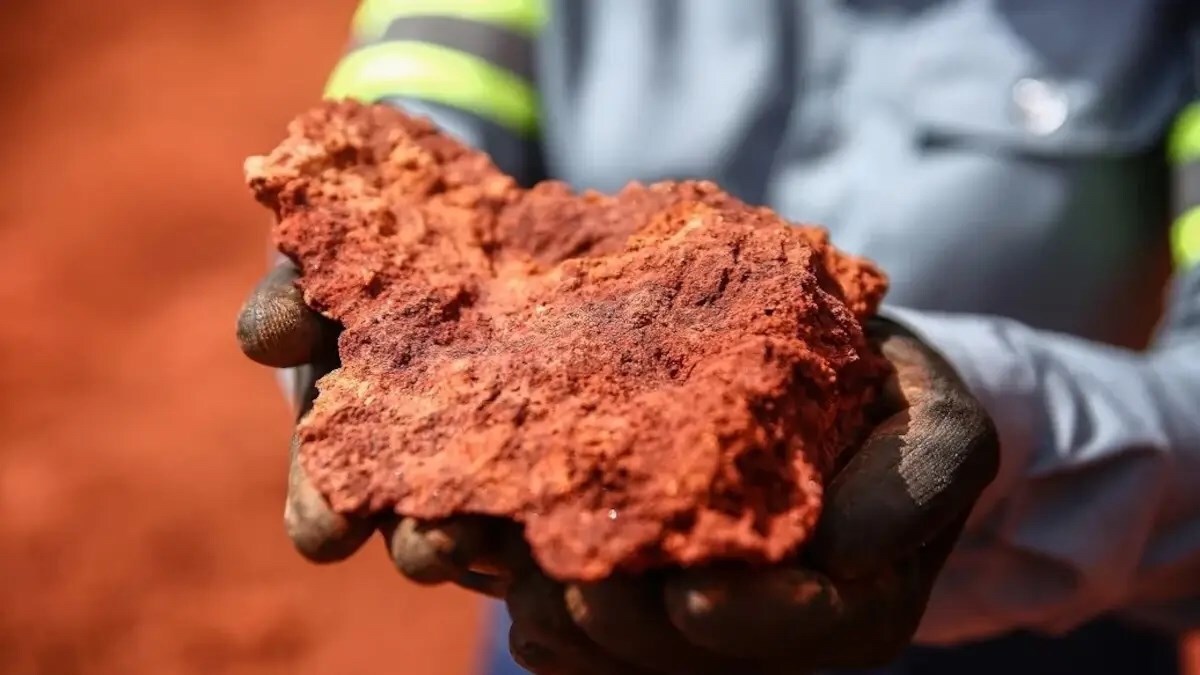

During the swearing-in ceremony of the new President of the African Export-Import Bank (Afreximbank), George Elombi set the tone for what could be Africa’s next industrial revolution. “No more Nigerian bauxite, or Gabonese manganese, or Cameroonian bauxite, or South African bauxite, raw. We are not interested,” Elombi declared, adding, “We will focus on domestic processing. This has numerous benefits.”

Image source: https://www.indiamart.com/
Numbers talk truth and so you should follow them from our exclusive industry report 'A Comprehensive Analysis of Bauxite Residue - Red Mud' to stay ahead!
Africa has long faced a familiar paradox in its metals and mining complex — abundant raw-material endowment, yet limited downstream value capture. With Afreximbank launching a dedicated financing window for “raw-materials-to-finished-goods” projects, the continent appears poised for a tectonic shift in its role within the global aluminium feedstock chain.
Afreximbank’s former President, Professor Benedict Oramah, had already outlined the ambition that the bank would “create a new high-impact financing window, specifically for projects that process raw minerals into semi-finished or finished goods.” The plan spans the full value chain from extraction, refining, and manufacturing of finished components with a wholesale departure from Africa’s typical “extract-and-export” model.
A timely intervention
Consider bauxite, the cornerstone of aluminium. Africa’s dominance in supply, especially via Guinea, is striking. In 2019, Guinea shipped about 64 million tonnes, roughly a quarter of global reserves and nearly half of global seaborne exports. By 2024, Africa’s bauxite exports remained overwhelmingly concentrated in Guinea, accounting for 96 per cent of total shipments, with Ghana trailing far behind.
Responses








